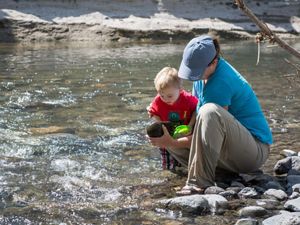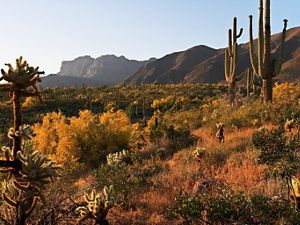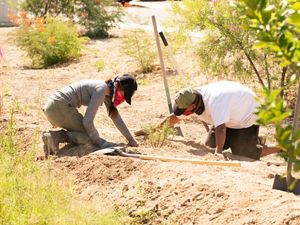Arizona boasts one of the most diverse landscapes—from lands to water to wildlife. We are dedicated to protecting and preserving a way of life for people and nature. For more than 50 years, The Nature Conservancy (TNC) has worked in the Apache Highlands ecoregion, which spans 30 million acres across four states in the U.S. and Mexico. It is one of North America’s most critical landscapes.
Biodiversity boosts nature and community
The Apache Highlands serve as a migration superhighway at a continental scale. As seasons change, animals like bighorn sheep, goshawks and the endangered Gila chub travel by land, air and water to pursue food, shelter and mates.
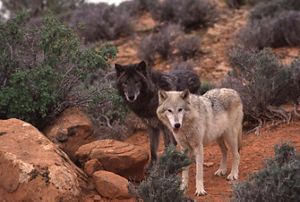
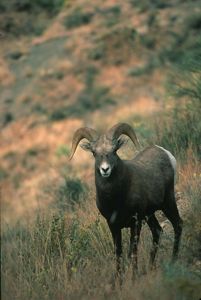
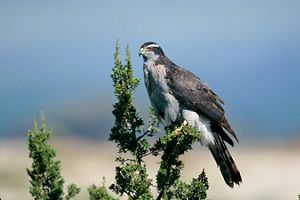
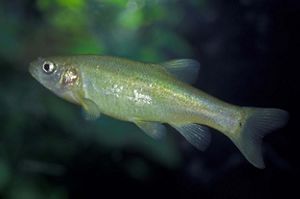
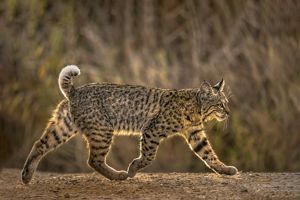

Wolves: Movement across expansive areas is essential for wolves, which often rely of wildlife corridors do so. © Paul Berquist

Stone sheep: A subspecies of Bighorn sheep in the grasslands of Arizona. © Erwin Nielsen

Northern Goshawk: Close-up of a northern goshawk, Arizona. © Bruce D. Taubert

Gila Chub: Portrait of a Yaqui Chub (Gila purpurea), an endangered fish shown here in freshwater at Leslie Canyon, Arizona. © Bill Radke/USFWS

Bobcat: Portrait of a bobcat in motion. © dominic ambrosino/TNC Photo Contest 2019
Millions of people rely on this expansive landscape and its rich biodiversity. Our conservation solutions sustain the region’s forests, freshwater sources, grasslands and wildlife. We work alongside local communities, generational farms and ranches that cover thousands of acres to demonstrate and promote sustainable practices that protect and preserve this unique place.
Our Critical Land and Water Work
TNC owns and manages approximately 17,000 acres of preserve land in the Apache Highlands. Our preserves are essential to the survival of many species, providing safe passageways, breeding grounds and critical habitats, and also serve as living laboratories where we advance research. Our land stewardship initiatives go hand in hand with our watershed protection efforts.
Hart Prairie Preserve
Hart Prairie Preserve is home to uncommon wildflowers, cool mixed-conifer and aspen forests, a rare grove of Bebb willows, herds of elk and deer, porcupine, badgers, 120 species of birds, and over 280 plant species. The 245-acre preserve was donated to TNC in 1994 by a local family.
Aravaipa Canyon Preserve
Aravaipa Canyon Preserve boasts 9,000 acres owned by The Nature Conservancy since 1971 and managed in conjunction with about 44,000 acres of federal lands. Restoration activities here include prescribed fire and fish monitoring to fortify desert streams, as Aravaipa Creek flows perennially through the full length of the preserve’s scenic canyon.
Muleshoe Ranch CMA
The 56,000-acre Muleshoe Ranch CMA was purchased by TNC in 1982 as part of a Cooperative Management Agreement with Bureau of Land Management and Coronado National Forest. Muleshoe Ranch encompasses most of the watershed area for seven permanently flowing streams, and 80% of the region's wildlife species depend upon these streamside communities at some time in their lives—including seven species of native fish.
Middle San Pedro Preserve
Purchased by TNC in 2002, the Middle San Pedro River Preserve is an important wildlife corridor linking habitat along the main stem of the San Pedro River for endangered avian species such as the southwestern willow flycatcher and yellow-billed cuckoo.
Patagonia-Sonoita Creek Preserve
TNC purchased the 865-acre Patagonia-Sonoita Creek Preserve in 1966, which protects 3 miles of Sonoita Creek in southern Arizona and is open to the public.
The Sonoita Creek watershed supports a variety of ecosystems, including deciduous and juniper forests, semidesert and grasslands and groundwater-fed wetlands called ciénegas, all of which are critical wildlife safe havens.
In 2024, Patagonia-Sonoita Creek Preserve was formally designated by the Old-Growth Forest Network for its intact cottonwood-willow riparian forest.
Ramsey Canyon Preserve
TNC acquired the 380-acre Ramsey Canyon Preserve in 1974 and has since protected its cool, damp habitats that harbor water-loving plants like sycamore that grow alongside cactus and agave. Amazing southwestern animals such as the ridge-nosed rattlesnake, lesser long-nosed bat, elegant trogon and Rivoli’s and Anna’s hummingbirds can be found here.
Open to the public, the preserve is globally renowned for birdwatching and is famous for its spectacular fall colors.
San Pedro River
The San Pedro River is a vital corridor for migratory animals and is home to over 100 species of breeding birds, 84 mammal species, and 41 reptile and amphibian species. Every year since 1998, we've conducted wet-dry mapping of the river’s health at the hottest and driest time of the year to better understand how we can maintain its ecological balance and support its wildlife.
In 2014, TNC and partners built a first-of-its-kind system to funnel stormwater underground to replenish the aquifer and the San Pedro River.
Verde River
The Verde River is a biodiversity hotspot, hosting 13 native fish species, 94 mammal species and over 200 bird species. Our work with agricultural partners ensures this critical habitat remains healthy and vibrant for those who call it home.
In 2014, TNC and partners developed the Verde River Exchange Water Offset Program that allows a surface water user to be compensated for using less water in a given year without giving up the rights to that water in following years.
Canelo Hills Preserve
Canelo Hills Ciénega Preserve, owned by TNC and managed by Friends of Canelo, is nestled in a long, low ridge of rounded hills and features a rare ciénega wetland, an evergreen-oak forest and plants and animals found nowhere else in the world.
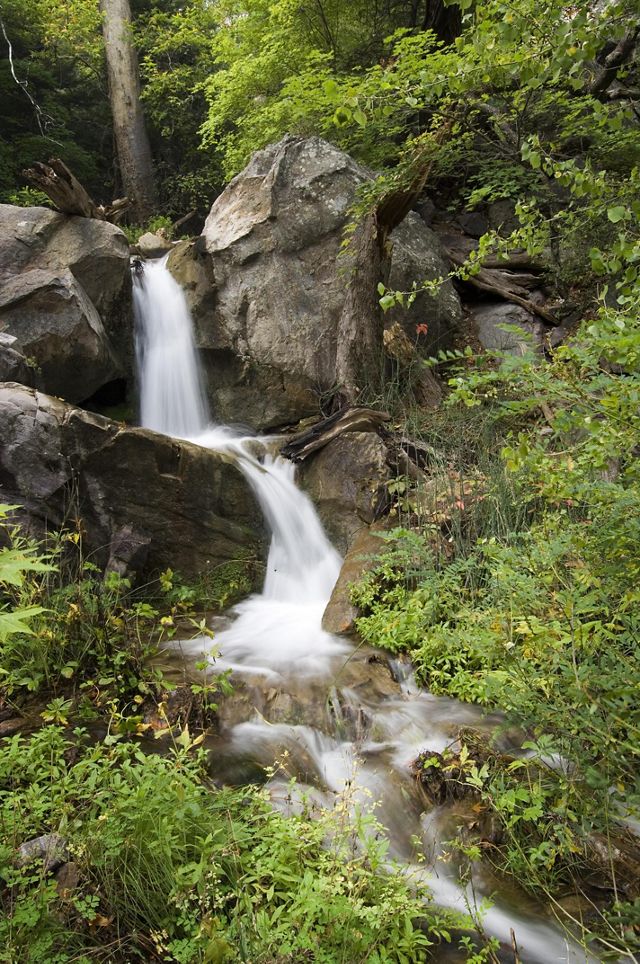
Our Land Goals
We are dedicated to stewarding and protecting significant areas of our state. Our efforts extend wildlife corridors and enhance the quality and connectivity of freshwater resources and aquatic habitats. By fostering strong collaborations with local community partners, including farmers, ranchers, policymakers and scientists, we achieve meaningful conservation outcomes and together, we advance policies that improve water and land management practices.
How We Protect Land
We employ a variety of methods to address Arizona’s most severe threats. Those tools include land acquisition, conservation easements and establishing management practices through restoration projects. Collaborative partnerships with Arizona land management agencies and advocacy for federal grants and policies, such as the Farm Bill, are also crucial efforts.
Collaborations
We work closely with a variety of partners, including farmers and agricultural communities, to protect working lands and achieve our conservation goals.
-
Tribal Nations
We partner with Tribal Nations to support the stewardship of ancestral lands and integrate traditional ecological knowledge into conservation strategies.
-

State & Federal Agencies
We collaborate with agencies to protect and manage public lands for ecological health and public enjoyment.
-

Non-Governmental Organizations
We join forces with NGOs like the Arizona Land and Water Trust, Central Arizona Land Trust and Trust for Public Land to secure and manage conservation easements that preserve critical habitats and open spaces.
-

Mining Industry
We engage with the mining industry to mitigate environmental impacts and promote land restoration and sustainable resource management. Learn more about our Climate Program
-

Farmers & Agriculture
We implement sustainable practices such as efficient irrigation methods and effective water management strategies to protect working lands and enhance biodiversity.
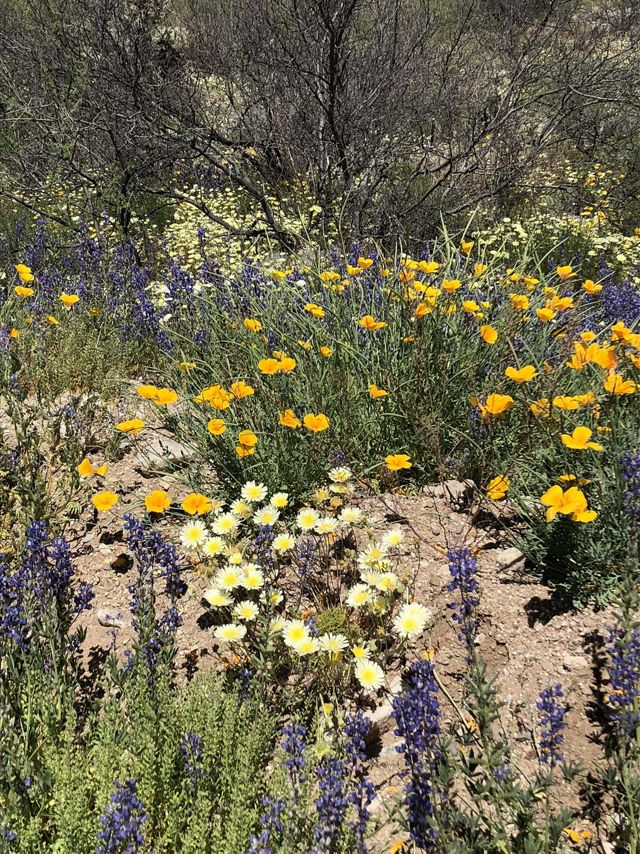
Guiding Funding
Conservation easements are voluntary legal agreements in which a willing landowner exercises their private property right to sell or donate the development rights on their land to an entity that will ensure it remains open land forever. Hundreds of Arizona’s farmers and ranchers have decided to place a conservation easement on their property. Some are committed to wildlife conservation and land stewardship; others want their family’s ranching or farming legacy to endure by ensuring the land stays in agriculture rather than developed. And some value the federal income tax benefits or direct financial compensation a conservation easement sale can provide to them and their families. TNC uses several federal grant funding programs to purchase conservation easements from private landowners.
Popular Conservation Easement Funding Programs in Arizona:
Subscribe to Nature News, our monthly newsletter
Get global conservation stories, news and local opportunities near you. Check out a sample Nature News email.


